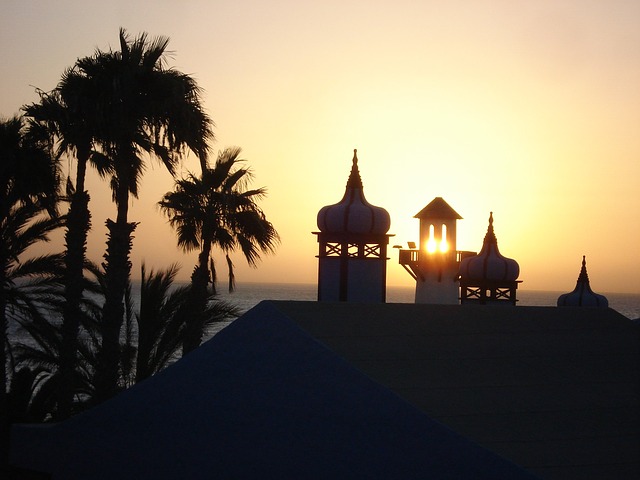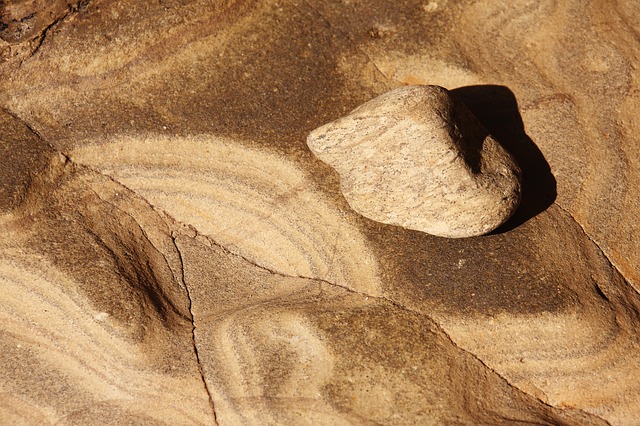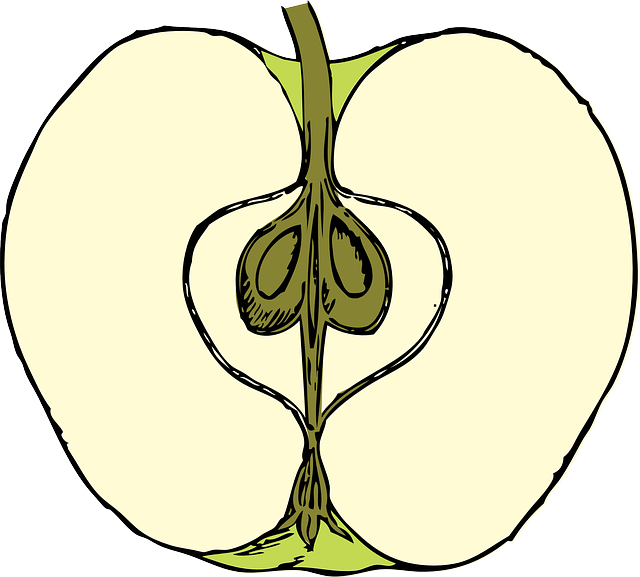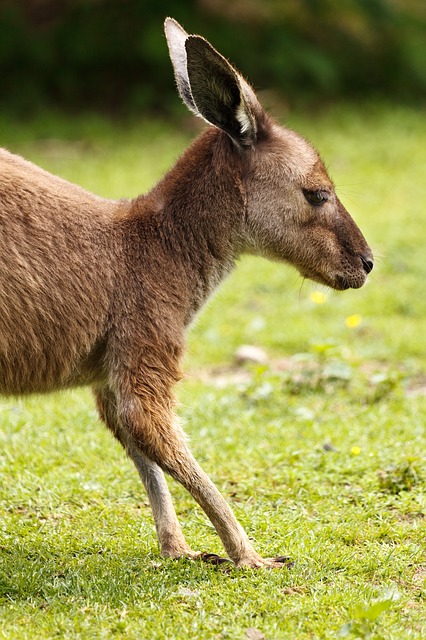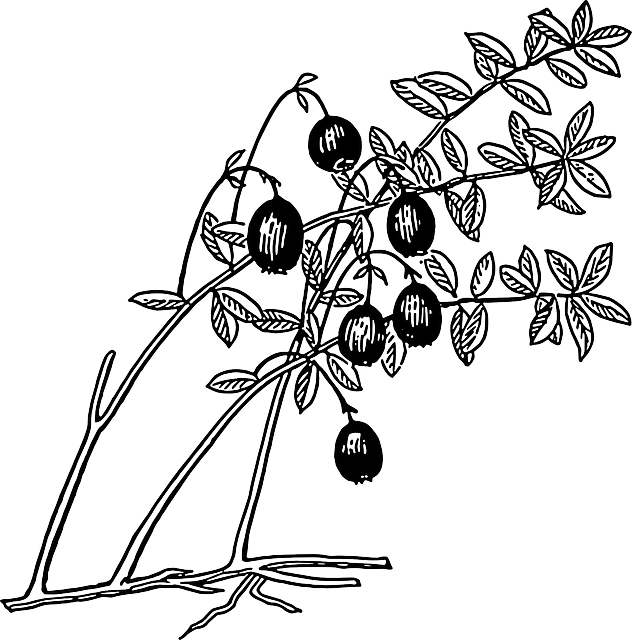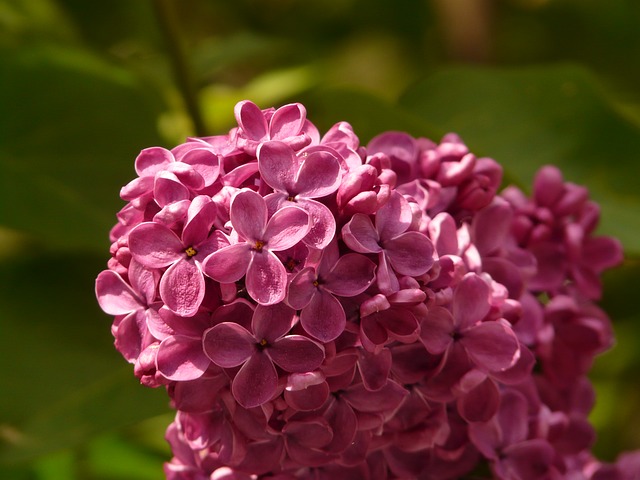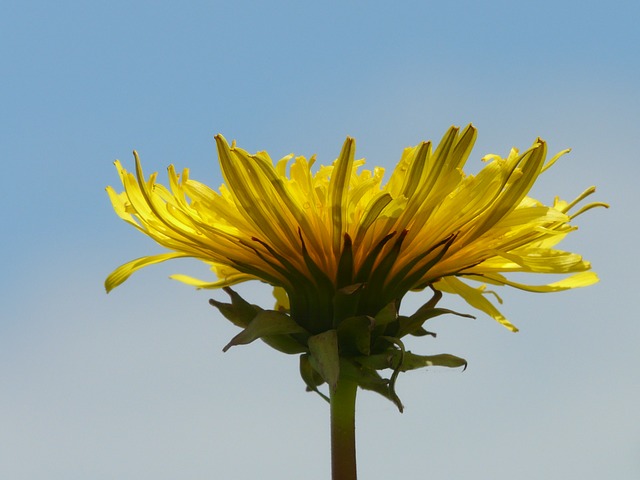أناهيتا
|
جزء من سلسلة عن الزرادشتية |
|
بوابة |
| الموضوعات الرئيسية |
|
الزرادشتية/ مزدائية |
| الملائكة والشياطين |
|
استعراض الملائكة |
| النصوص والعبادات |
|
أبستاق · Gathas |
| روايات وأساطير |
|
Dēnkard · Bundahišn |
| التاريخ والثقافة |
|
Zurvanism |
| الأتباع |
|
الزرادشتيون في إيران |
| انظر أيضاً |
|
فهرس مواضيع ذات علاقة |
أناهيتا Anahita // هي الهيئة الفارسية القديمة لإلهة [إيران|إيرانية]] وتظهر على هيئتها الكاملة والمبكرة باسم أردڤي سورا أناهيتا، Aredvi Sura Anahita (Arədvī Sūrā Anāhitā)، الاسم الأڤستاني للشخصية الكونية الهندو-إيراني التي تُبجل كإلهة "للمياه" (أبان) ومن ثم فهي ترتبط بالخصوبة، والشفاء والحكمة. أردڤي سورا أناهيتا هي أردويسور أناهيد أوناهيد بالفارسية الوسطى والحديثة، وأناهيت بالأرمنية. كان الضريح الأيقوني لعبادة أردڤي سورا أناهيتا - بالإضافة لأضرحة آلهة أخرى - "قد ظهرت في القرن الرابع ق.م. واستمرت حتى قمعها في صحوة الحركة الأيقونية في عهد الساسانيين".
يشير المؤرخون اليونانيون والرومان للعصر العتيق الكلاسيكي إليها باسم أنايتيس أويعهدونها بكونها إحدى إلهات مجمع آلهتهم. 270 أناهيتا، كويكيب سيليكي من النوع إس، قد سُمي على اسمها. تبعاً لتطور عبادتها، فقد وُصفت بالإلهة الموفقة بين الأديان، وكانت تتألف من عنصرين مستقلين. الأول هوأحد مظاهر التصور الهندو-إيراني لنهر الجنة الذي يوفر المياه للأنهار والجداول المتدفقة في الأرض بينما العنصر الثاني أنها إلهة ذات أصل غير مؤكد، على الرغم من الحفاظ على خصائصها الفريدة الخاصة بها، أصبحت مرتبطة بعبادة الإلهة القديمة إينانـّا-عشتار في بلاد الرافدين. تبعاً لإحدى النظريات، يُعزى هذا جزئياً إلى الرغبة في جعل أناهيتا جزءاً من الزرداشتية بعد نشرها من أقصى الشمال الغربي إلى بقية بلاد فارس.
حسب هـ. لومل، فإن الاسم السليم للإلهة في العصور الهندو-إيرانية كان ساراسڤاتي، والذي يعني أيضاً "صاحبة المياه". بالسنسكريتية، فإن اسم आर्द्रावी शूरा अनाहिता يعني "صاحبة المياه، والعظمة والتقوى". كما هوحال ساراسڤاتي الهندية، تغذي أناهيتا المحاصيل والبتران؛ وتُبجل سواء باعتبارها إلهة أوباعتبارها النهر الأسطوري الذي تجسده، "ضخمة مثل جميع هذه المياه التي تتدفق على الأرض" (ياشت 5.3).
الصفات
الخلط مع عشتار
الكيان الكوني
في النصوص المقدسة
النقوش والروايات الكلاسيكية
دليل العبادة
پارسا، عيلامد ومديا
آسيا الصغرى والشام
أرمنيا والقوقاز
ذكراها
في الأدب
انظر أيضاً
- آب-زور، مراسم "تطهير المياه" الزدراشتية والعمل الأكثر أهمية في العبادة الزرداشتية.
- أبان، "المياه"، تمثل وتمثلها أردڤي سورا أناهيتا.
- أيريانم ڤايجاه، أول أراضي أسطورية خلقها أهورا مازدا ووسط العالم الذي يستقر فوق هارا الأعلى.
- معبد أناهيتا
- أرشوسيا، الاسم المشتق من الإيرانية القديمة *هاراڤاتي (بالأڤاستية Haraxˇaitī، بالفارسية القديمة Hara(h)uvati-).
- هارا برزايتي، "هارا الاعلى "، جبل أسطوري أصوله من نهر *هاراڤاتي.
- أوكسوس، يُعهد بأنه نهر العالم الذي ينحدر من هارا الأعلى الأسطوري.
- نهر ساراسواتي، أحد مظاهر الإلهة ساراوسواتي.
- مينار (فيروزأباد)
- قدمگاه (مسقط قديم)
المصادر
الهوامش
| α | Boyce (1982:29-31) proposes that there was once a Perso-Elamite divinity named *Anahiti (as she reconstructs it from the Greek rendering of Anaitis, being otherwise unattested in old Persian) that was an analogue of Semitic Ishtar–Inanna. "That the concept [of *Anahiti] owes much to that of Ishtar was first suggested by H. Gressman, Archiv f. Religionswissenschaft XX, 1920, 35ff., 323ff." An inheritance from Ishtar is also supported by Cumont and Lommel. For a rejection of some of the numerous other identifications (Atargatis, Anat, etc.) as historically distinct, see Meyer. |
|
| β | According to Boyce's theory (see note α above), "the problem of how to offer veneration to a divinity unknown to the Avesta was solved by assimilating *Anāhiti to *Harahvaitī Arədvī Sūrā Anāhitā, whose third epithet was very close to the western divinity's proper name, and indeed may already in late Old Persian have become identical with it, through the dropping of the final vowel in ordinary speech." In antiquity, "to invoke a deity correctly, it was essential to know his proper name" and when people "worshipped gods other than their own, they invoked them by their original names." |
|
| γ | Persis is Greek for the ethnic group of people from Parsa (Persia proper). Herodotus, was born and raised in Lydia (then an Achaemenid satrapy) and hence quite aware of the differences between the various ethnic groups (Persis, Medes etc.). Herodotus reported on the customs as he observed them in Asia-Minor; he did not visit Parsa. | |
| δ | Although Taqizadeh's hypothesis is not supportable in light of the archaic nature of the Gathic nucleus of Yashtخمسة (see In the Avesta, above), it is worth noting that Artaxerxes I (r. 465-424 BCE) moved his capital from Susa to Babylon, where it would remain until Artaxerxes II moved it back in 395 BCE. Darius II was half-Babylonian and died in Babylon. Darius's son and successor, Artaxerxes II also had a Babylonian mother, Parysatis, who was immensely influential on both Darius and her sons (the other being Cyrus the Younger).
Widengren has a similar hypothesis, but places it in the Proto-Avestan period. In this opinion, Anahita is Nahaithya, the Avestan daeva(s) that Widengren also suggests might be cognate with the Nasatyas. |
|
| ε | Although one could (polemically) say Zoroastrians were fire worshippers, it would be quite as just and reasonable to call them water worshippers. | |
| ζ | Boyce agrees: "Linguistically, Aredvi Sura's hymn appears older than [the Gathic hymn of] Asi's." It "was presumably after [Artaxerxes II] that verses [that] describe a temple statue" were incorporated in Yasht 5. | |
| η | Berosus' account dates to ca. 285 BCE, Artaxerxes II died in 358 BCE. | |
| θ | 'Mnemon' is a Greek epithet, roughly translatable as 'the mindful one', but is itself a mistranslation of Vohu Manah, the Amesha Spenta of 'Good Mind' or 'Good Purpose'. | |
| λ | See also: Müller's Fragmenta Historicorum Graecorum, 16 | |
| μ | "Artemis [is] one of the Greek identifications of Anahid."Isidore of Charax (Mansiones Parthicae 1) also speaks of "the city of Besechana" (Piruz-sabur, Parthian Msyk, or Massice by Pliny) "in which is a temple of Atargatis", which Boyce, citing Chaumont, states is a temple of Anahita at Beonan.Atargatis is however a Levantine goddess and, although also associated with water and the planet Venus, had a cult that is historically distinct from that of Anahita. | |
| ν | "It is impossible (in the absence of contemporary Iranian evidence) to know the limits of what is implied here - whether, that is, all priestesses of Anahita were required at this epoch to be chaste for life, or only certain among them. Celibacy is not in general a state respected by Zoroastrians, or regarded by them as meritorious." | |
| π | Ecbatana "is said to have greatly exceeded all the other cities in wealth and the magnificence of its buildings" (Polybius, Histories 10.27.5). The citadel supposedly had a circumference ofسبعة stades (ca. 1,300 m; 1,400 yd) and was built of cedar and cypress wood. "The rafters, the compartments of the ceiling, and the columns in the porticoes and colonnades were plated with either silver or gold, and all the tiles were silver" (10.27.10-11). | |
| ρ | In 1948, Persian scholar Abd al-Husayn Nava'i addressed the Shahrbanu legend and suggested that there must have been a Zoroastrian shrine at Ray whose sanctity attracted the legend. The shrine, which legend attributes to the eldest daughter of Yazdegerd III, continues to be a pilgrimage site (by women only, through a concession by male descendants of Mohammed) even in Islamic times. Boyce suggests that the shrine may be even older than the Sassanid period, dating perhaps to the Hellenistic Parthian era. |
|
| σ | "like Acilisene, it was doubtless the territory of a temple dedicated to Anahita but otherwise unknown." | |
| φ | According to Boyce, Tiur is Mesopotamian Nabu-*Tiri conflated with Avestan Tishtrya. In Hellenic (Seleucid and Parthian) times Tiur was associated with Pythian Apollo, patron of Delphi. | |
| ψ | The stone lion of Hamadan is said to have been part of Alexander's plan to build a monument to Hephaestion. | |
| Ω | Plutarch is relying on older sources, probably on "the often inaccurate"Ctesias. |
أعمال مرجعية
|
|
المراجع
- Arjomand, Saïd Amir; Arjomand, Said Amir (1998), "Artaxerxes, Ardašīr, and Bahman", Journal of the American Oriental Society 118 (2): 245–248, doi:
- Bikerman, E. (1938), "Anonymous Gods", The Journal of the Warburg and Courtauld Institutes 1 (3): 187–196, doi:
- Boyce, Mary (1968), "Bībī Shahrbānū and the Lady of Pārs", Bulletin of the School of Oriental and African Studies (London: University of London) 30 (1): 30–44, doi:
- Boyce, Mary (1975a), A History of Zoroastrianism, Vol. I, Leiden/Köln: Brill
- Boyce, Mary (1975b), "On the Zoroastrian Temple Cult of Fire", Journal of the American Oriental Society (Ann Arbor: AOS/UMich. Press) 95 (3): 454–465, doi:
- Boyce, Mary (1982), A History of Zoroastrianism, Vol. II, Leiden/Köln: Brill
- Boyce, Mary (1983), "Āban", Encyclopædia Iranica, 1, New York: Routledge & Kegan Paul, p. 58
- Boyce, Mary (1983), "Anāhīd", Encyclopædia Iranica, 1, New York: Routledge & Kegan Paul, pp. 1003–1009
- Campos, Israel (2013) "Anahita and Mithra in the achaemenid royal inscriptions", Anahita: Ancient Persian Goddess and Zoroastrian Yazata, London, Avalonia, pp. 5–12
- Cumont, Franz (1926), "Anahita", in Hastings, James, Encyclopedia of Religion and Ethics, 1, Edinburgh: T. & T. Clark
- Dandamaev, Muhammad A; Lukonin, Vladimir G (1989), The Culture and Social Institutions of Ancient Iran, New York: Cambridge UP, ISBN 0-521-32107-7
- Darmesteter, James (1892), "Le Zend-Avesta, I", Annales du Musée Guimet (Paris: Musée Guimet) 21
- Darrow, William R (1988), "Keeping the Waters Dry: The Semiotics of Fire and Water in the Zoroastrian 'Yasna'", Journal of the American Academy of Religion 56 (3): 417–442, doi:
- de Jong, Albert (1997), Traditions of the Magi: Zoroastrianism in Greek and Latin literature, BRILL
- Girshman, Roman (1962), Persian art, Parthian and Sassanian dynasties, London: Golden Press
- Gray, Louis H (1926), "A List of the Divine and Demonic Epithets in the Avesta", Journal of the American Oriental Society 46: 97–153, doi:
- Jacobs, Bruno (2006), "Anahita" (PDF), Iconography of Deities and Demons in the Ancient Near East (Electronic Pre-Publication)', Leiden: U Zürich/Brill, Archived from the original on 2007-06-21, https://web.archive.org/web/20070621220818/http://www.religionswissenschaft.unizh.ch/idd/prepublications/e_idd_anahita.pdf
- Kleiss, Wolfram (2005), "Kangavar", Encyclopædia Iranica Online, OT 7, Costa Mesa: Mazda Pub, http://www.iranica.com/newsite/articles/ot_grp7/ot_kangavar_20050323.html
- Lommel, Herman (1927), Die Yašts des Awesta, Göttingen-Leipzig: Vandenhoeck & Ruprecht/JC Hinrichs
- Lommel, Herman (1954), "Anahita-Sarasvati", in Schubert, Johannes; Schneider, Ulrich, Asiatica: Festschrift Friedrich Weller Zum 65. Geburtstag, Leipzig: Otto Harrassowitz, pp. 405–413
- MacKenzie, David Neil (1964), "Zoroastrian Astrology in the 'Bundahišn'", Bulletin of the School of Oriental and African Studies (London: University of London) 27 (3): 511–529, doi:
- Meyer, Eduard (1886), "Anaitis", Ausführliches Lexikon der griechischen und römischen Mythologie, I, Leipzig: WH Roscher, pp. 330–334
- Monier-Williams, Monier (1898), A Sanskrit-English Dictionary, New York: OUP
- Nöldecke, Theodor (ed.) (1879), Geschichte der Perser und Araber zur Zeit der Sasaniden, Leiden: Brill (repr. 1973)
- Nyberg, Henrik Samuel (1938), Die Religionen des alten Iran, Leipzig: JC Hinrichs
- Taqizadeh, Sayyid Hasan (1938), Old Iranian Calendars (Prize Publication Fund, Vol. 16)', London: Royal Asiatic Society
- Tseretheli, MIchael (January 1935). "The Asianic (Asia Minor) elements in national Georgian paganism". Georgica. 1 (1): 55. Retrieved 7 August 2012.
- Widengren, Geo (1955), "Stand und Aufgaben der iranischen Religionsgeschichte: II. Geschichte der iranischen Religionen und ihre Nachwirkung", Numen 2 (1/2): 47–134, doi:
- Widengren, Geo (1965), Die Religionen Irans (Die Religion der Menschheit, Vol. 14)', Stuttgart: Kohlhammer
وصلات خارجية
-
 Media related to Anahita (mythology) at Wikimedia Commons
Media related to Anahita (mythology) at Wikimedia Commons



